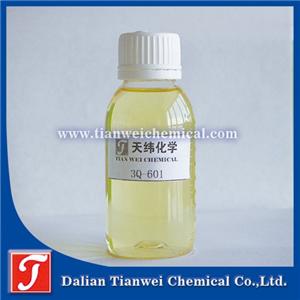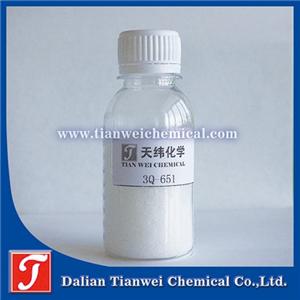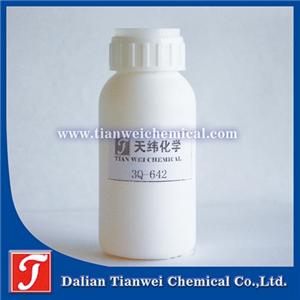Introduction to Silicone Antibacterial Agent: Anti-yellowing Long-lasting Antibacterial
Silicone antibacterial agents are a type of additive specifically designed to endow silicone materials with antibacterial functions. By inhibiting or killing bacteria, mold and other microorganisms on the surface of silicone, they solve the problems of mold growth, odor, deterioration and even health risks caused by microbial growth during the use of silicone products (such as kitchenware, baby products, medical accessories, electronic seals, etc.).
Its core mechanism of action is mainly divided into two categories based on different components:
Contact antibacterial: Antibacterial agent components (such as silver ions, zinc ions) come into contact with the cell membranes of microorganisms, destroying their structure or enzyme activity and preventing microbial reproduction (commonly found in food-grade and medical-grade silica gel).
Sustained-release antibacterial: Some organic antibacterial agents (such as specific quaternary ammonium salts) will slowly release antibacterial components, forming an "antibacterial layer" on the surface of silicone, continuously inhibiting the growth of microorganisms (mostly used in daily industrial silicone products).
From the perspective of component classification, the common silicone antibacterial agents mainly fall into the following three categories, catering to the needs of different scenarios:
Type characteristics, applicable scenarios
Inorganic antibacterial agents are highly safe, have strong heat resistance (can withstand over 300℃), long-lasting antibacterial food-grade silicone (such as silicone spatulas), and are suitable for medical accessories
Organic antibacterial agents take effect quickly and require a small addition amount. Daily silicone products (such as silicone wristbands and gaskets)
Will silicone antibacterial agent turn yellow?
Whether it turns yellow mainly depends on the composition, stability and application scenarios of the antibacterial agent, and cannot be generalized.
It is prone to cause yellowing
Some traditional or low-stability antibacterial agents may cause yellowing of silica gel under specific conditions:
Component defects: Early organic antibacterial agents or low-cost nano-silver ions (with uneven particle size and low purity) are prone to oxidation and degradation when exposed to high-temperature vulcanization (a core process in silicone rubber processing, usually 150-200℃) or long-term exposure to light and oxygen, generating colored impurities and causing the silicone rubber to turn yellow.
Process compatibility issue: If the antibacterial agent has poor compatibility with the silicone substrate (such as raw silicone rubber, vulcanizing agent), or if the addition amount exceeds the standard, local reactions may occur during processing, resulting in yellowing spots.
2. Non-yellowing solutions and mainstream products
With technological upgrades, the current mainstream high-performance silicone antibacterial agents have achieved the "no yellowing" feature, and the core is guaranteed in the following ways:
Ingredient optimization: High-purity and highly stable antibacterial ingredients are adopted.
Actual product cases: For instance, "Tianshi Landun Silicone Antibacterial Agent" (high-temperature vulcanization without color change) can pass the stability test and meet the "no yellowing" requirement of food-grade, high-transparency silicone products.




